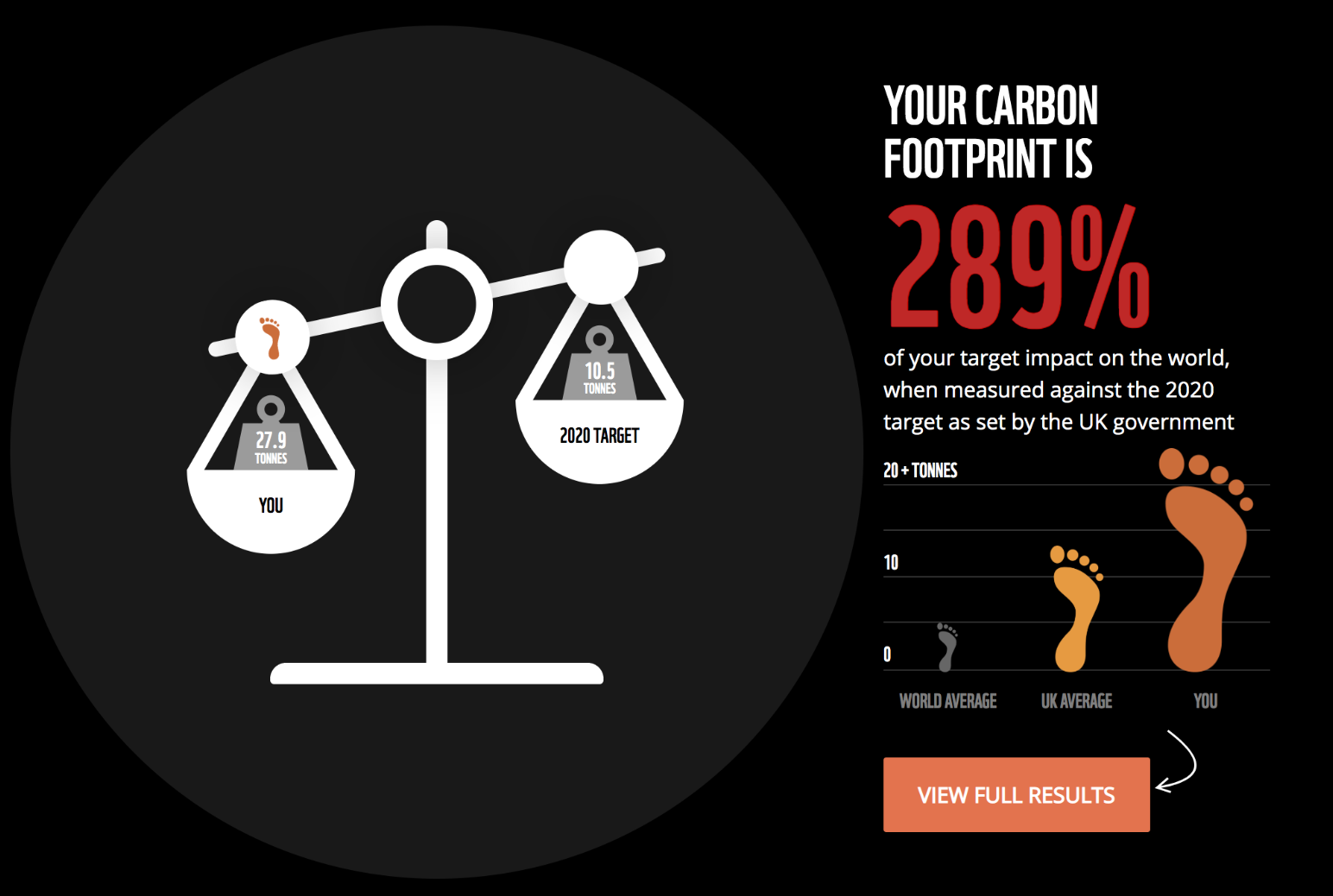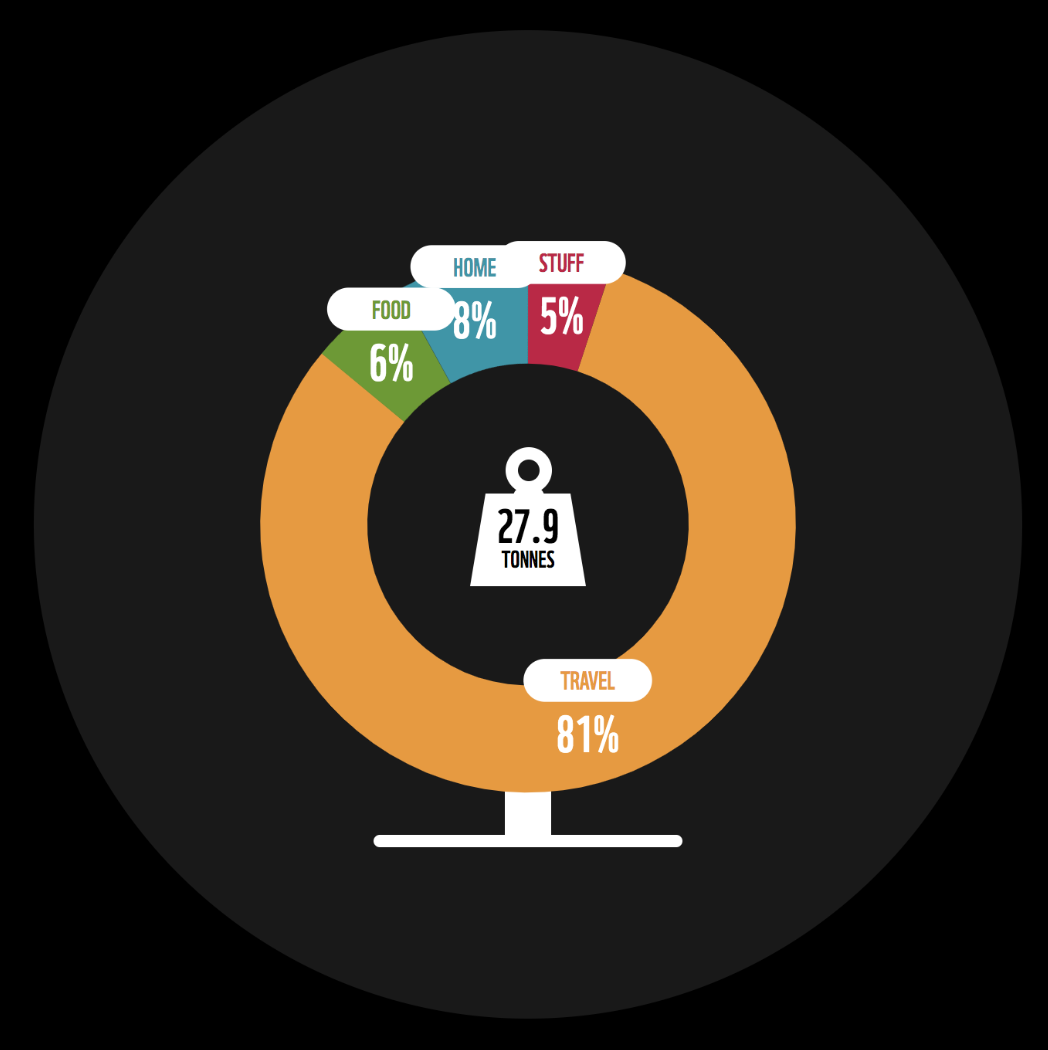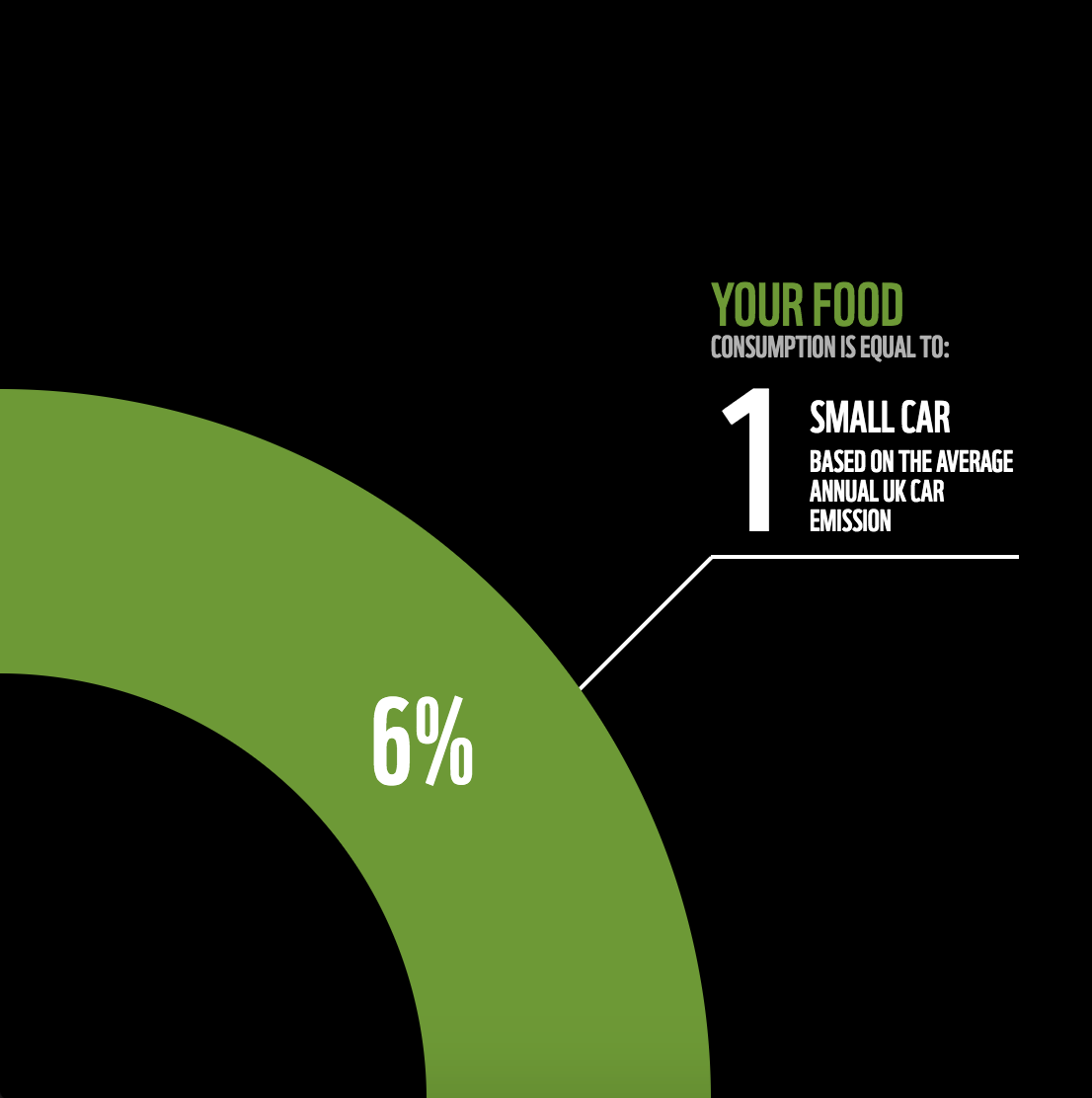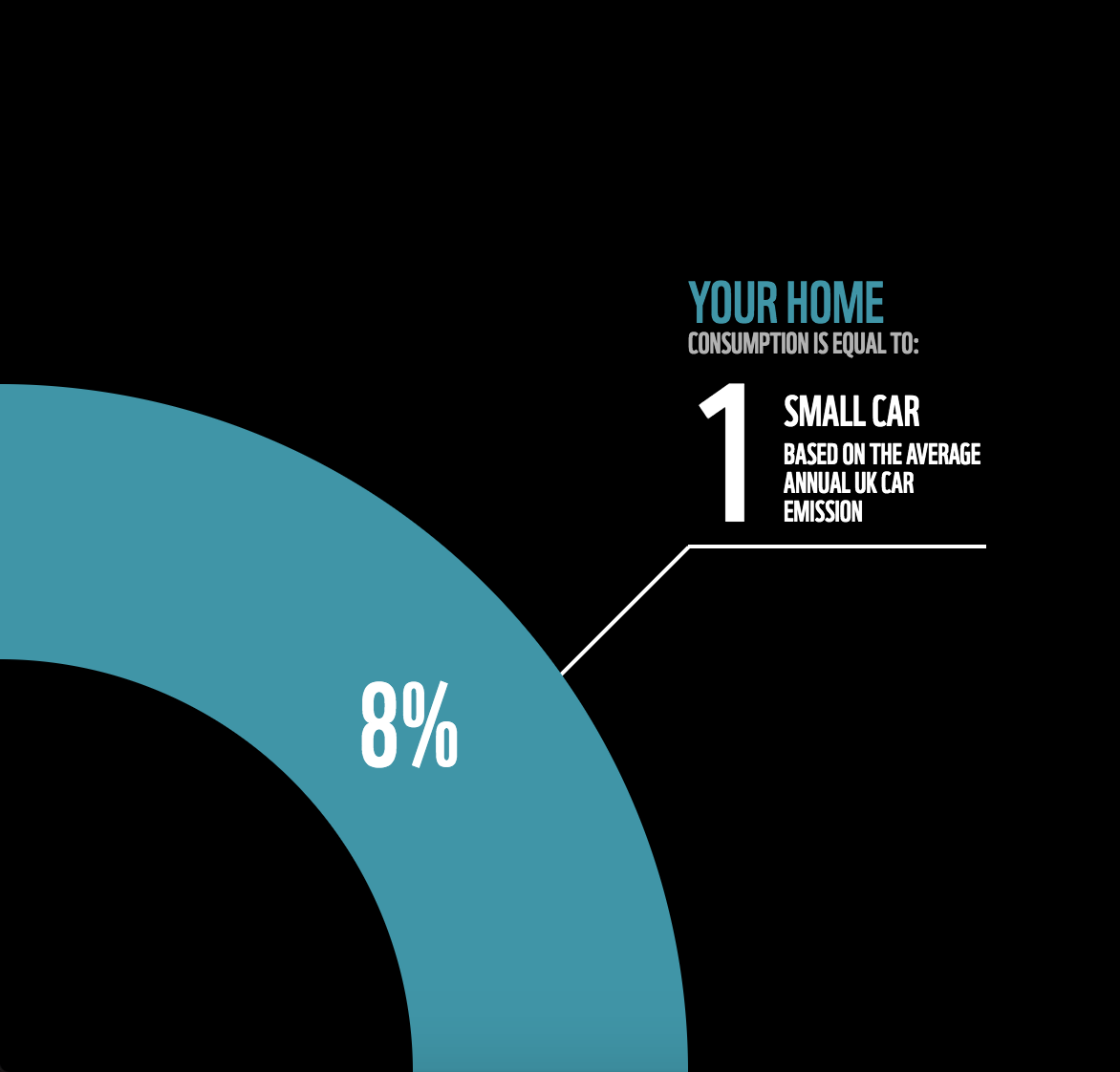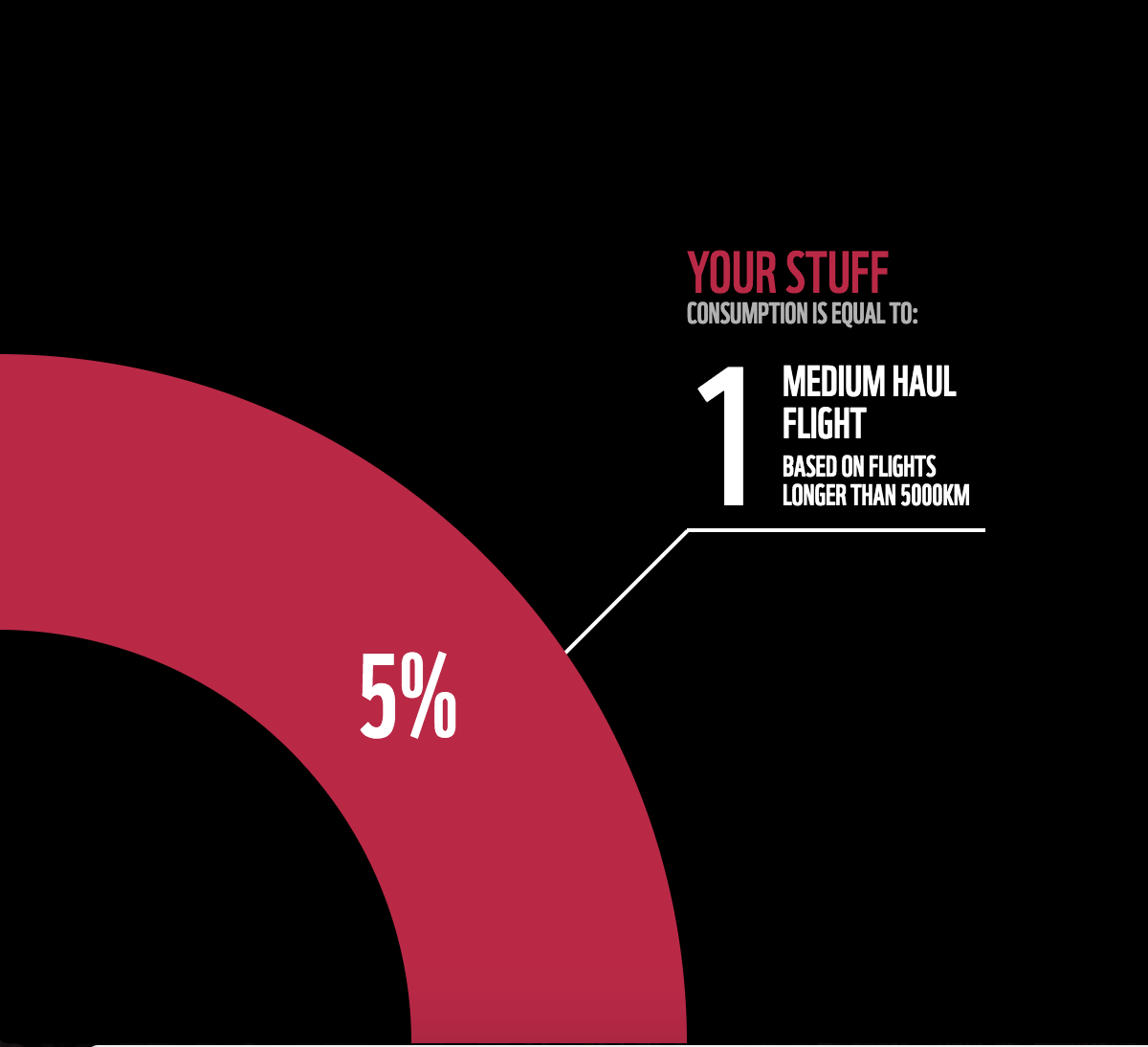It’s been a week since I’ve set out on this 30-Day Awareness Challenge, so here are a few nuggets of what I’ve been reading and watching, and my takeaways so far.
One main topic I’ve been looking into this week is Food Waste. This was prompted by a video I watched, titled Hunger is Political. Here, I was introduced to the idea that while 50% of our food goes to landfills and our economy overproduces 1.5x the food we need, the rampant issue of hunger stems not from food scarcity, but rather, an issue of distribution and access in the global market. In this video, Mexie argues that we have to understand the root causes [of hunger] before we can come up with effective solutions. While her video was focused on the politics of food as a social right more so than food waste itself, it led me to research the ways that I can play a role in alleviating this issue.
As always, I ended up on my favourite sustainability-related YouTube channel, Sustainably Vegan, and watched her video on how to reduce food waste. Compounded by my encounter with this summary of solutions by rank (this website lists the most effective solutions to reducing CO2 emissions, and I was shocked to find that ‘reducing food waste’ was third on the list—making it an even more conducive measure to mitigating climate change than ‘plant-based eating’), I was galvanized into doing some research into how to take action.
Currently, the data reveals that if food waste were a country, it would be the third largest behind the US and China in terms of global warming potential. However, since “growing, producing, and distributing the food that we eat centralizes so many other massive problems that we need to desperately address”, it appears that—as it is a problem in which we, as individuals, can responsibly effect change—food waste is actually quite inspiring. Therefore, I compiled a brief list of simple ways that we can play a part in shrinking this ‘country’:
Do a weekly cupboard check
This one is so important when it comes to knowing what you have and knowing what you actually need. Many of us, myself included, tend to overbuy produce—overestimating the times we’ll require random ingredients like blue spirulina. This ends up decaying at the back of our cupboards, only to be rediscovered years later, plagued with mould and other unpleasant things. In fact, I did a cupboard cleanse yesterday, where I identified a jar full of mouldy steel cut oats, two-year expired crackers, and mulberries that looked borderline poisonous. This reinforced the idea that only when we frequently check what we have can we accurately plan for future meals and ensure that we’re not over-stocking on unnecessary items.
Shop in bulk food stores
Similar to the first item on this list, this action demands careful planning and an understanding of what’s essential. Shopping in bulk food stores such as Live Zero, Edgar, and Seed allows you to thoughtfully ration yourself to the required amount of food. This falls in line with creating a shopping list that accounts for what’s already in your pantry. If you limit yourself to what you need, you’ll generate less food waste while saving money, too!
Meal plan
I started doing this recently, and it has been extremely insightful towards understanding which ingredients I truly need. This way, I can carefully portion my meals, while having something to look forward to during the week.
Make jam/chutney out of ripened fruits
I’ve never tried this myself, but another hack is to freeze bananas, berries, and other relevant fruit for smoothie bowls when they’re ripe. I once left a banana in my freezer for four months, and when I blended it for my smoothie bowl, there was no problem at all!
Be strategic with the produce you buy
Since the average consumer is less likely to want these products, ugly fruits and vegetables and single bananas are more likely to be disposed of at the end of the day. Therefore, you can take responsibility for giving these otherwise unwanted items a home, while often getting cheaper deals as well.
Shop in the clearance section
This, to me, is the ultimate food shopping hack—you waste less AND you save money. While controversial (I briefly touched on this in my Can vegans eat meat? post), this may even entail buying meat from the sales section. Since it has already been ‘consumed’—in other words, there’s no reversing what’s already been done to the animal and purchasing the meat would not contribute to its demand—then, in theory, it’d be less damaging to the environment to purchase it yourself. Of course, when it comes to a vegan faced with this dilemma it may be more problematic—what with adjusted taste buds, the haunting image of slaughterhouses and all—but if you are determined to steer food out of the landfills, this may be the way to go.
Don’t fall for buy-1-get-1-free or other seductive discounts
While this point may be at conflict with the previous, I want to emphasise that shopping in the clearance section applies only when you’re searching for something specific. I am guilty of falling for the lure of discounts and other attractive deals, only to wind up hardly ever (or even never) consuming what I buy.
And a few tips which I myself have not fully experimented with yet, but would be worth looking into:
Know how to store your food
Carrots preserve better when stored in water.
Bananas and apples should not be stored together; their properties coincide and bananas cause other fruits around them to ripen faster than desirable.
Save The Food is a brilliant resource covering all aspects of dealing with food waste—from planning, to recipes, to storage. Would be worth checking it out.
If your home space allows it, regrow vegetables such as lettuce and onion.
Pickle your vegetables into sauerkraut, kimchi style so that they may be preserved for longer.
On the note of bulk food stores, clearance sales, and other food waste tips, it’s hard to discuss this without acknowledging how this may be at conflict with plastic waste—yet another sustainability-related issue that needs to be grappled with. Interestingly enough, I came across an article detailing why plastic free isn’t always better for the environment. As an opponent of single-use plastics, I found it enlightening to learn that this may not always be our greatest concern when it comes to reducing our environmental impact. This relates to another video I watched last week, on how plastic bags impact the environment. Buying local produce in plastic and averting food from the landfills are ultimately going to have a more significant impact on our carbon footprint than purchasing fruits and vegetables shipped from across the world, for example. And while much of the concern with plastic is its permanent damage to our ecosystems, it turns out that the carbon footprint of plastic packaging only accounts for 10% of the food we eat. This then reminded me of the complexity of sustainability as a whole and how confining it to the single issue of plastic waste may disengage those who do not have access to costlier plastic-free options or bulk food stores. As I mentioned in my previous post, this is complicated. And evidently so. Cue another important reminder that everyone’s actions will look different, and to appreciate that we’re all working towards a greener lifestyle at our own pace.
Ultimately, it all boils down to context. If we’re talking general low-carbon grocery shopping without access to bulk food stores, then it’s best to buy things in the biggest bag possible. This reduces the need for excess packaging and countless trips to the store. However, if you know for certain that the large bag of produce is likely to be left unfinished, then opt for the smaller package and focus on minimizing food wastage.
Another nugget of advice worth noting from the video on the impact of plastic bags by Our Changing Climate is that although we often couple the concept of sustainability with ‘plastic-free’, this may not always be the most sustainable solution. In terms of production, paper and cotton bags are far more inefficient to produce than plastic. This article by BBC states that it takes four times as much energy to manufacture a paper bag as it does to manufacture a plastic bag. Yet, because of our aversion to all forms of plastic, we often make the well-intentioned mistakes of disposing a paper bag after a single use, purchasing countless tote bags under the belief that they’re ‘more eco-friendly’, and turning a blind eye to the fact that when there are multiple lying around at home, plastic-bags are just as reusable and ‘sustainable’.
Thinking about the different layers of wastefulness then prompted me to consider the impacts of shipping items from across the globe and what it means to shop locally. I’ve been reading The Omnivore’s Dilemma for the past week, and while I feel mildly detached from many of the contexts illustrated in the book, it was interesting reading about the disparities between organic farming, industrial farming, and industrial organic farming. To share a few lines that resonated with me which also pertain to the environmental perspective of veganism and the importance of eating locally:
“One-fifth of America’s petroleum consumption goes to producing and transporting our food.”
“The typical item of food on an American’s plate travels some fifteen hundred miles to get there, and is frequently better traveled and more worldly than its eater.”
“For local food chains to succeed, people will have to relearn what it means to eat according to the seasons.”
“The decision to eat locally is an act of conservation.”
In search for advice on how to live more sustainably, I also checked out the WWF Footprint Calculator, where I was given a breakdown of my carbon footprint. I haven’t eaten meat in two years, I walk everywhere I go, I don’t own a car, I haven’t shopped for clothes or other things in months, and yet, these were the results:
My carbon footprint is 289% of my target impact on the world—surpassing both the UK and world average. As I mentioned in this post, I was largely oblivious to the impact of air travel until recently, and the data is clear: despite my everyday attempts to mitigate my environmental impact, the few flights I’ve taken in the past year have been undoing the otherwise good that I’ve been doing elsewhere.
In the past year, I’ve flown four times—to the following destinations, travelling the following distances:
Taipei: 811 km
North Carolina: 13,401 km
Koh Samui: 2,074 km
Tokyo: 2,884 km
While this is far more than I fly in an average year (because of certain unavoidable trips I had to make), it’s both frightening and upsetting to observe how swiftly our conscious efforts to live sustainably can be deemed negligible. Together, due to the several layovers I had to make—to North Carolina and Koh Samui—this is equivalent to taking 21 medium haul flights.
This is certainly problematic, so I do want to dedicate an entire blog post to addressing this topic. In the mean time, here are some tips recommended by the footprint calculator (I am plainly copying from their website, so all credits go to them):
To reduce travel-related emissions:
Cycle
Use public transport
If you need to drive, drive smarter (this entails removing excess weight to improve fuel efficiency, slowing your travel speed to reduce fuel consumption, and having the correct air pressure in your tyre)
To reduce food-related emissions:
Eat ‘in season’
Eat less meat and dairy
Add some variety (constant farming of single crops drains nutrients from the soil; eating a colorful plate will ensure a diet in sync with our ecosystem)
To reduce home-related emissions:
Switch energy providers
Make the switch (to energy efficient light bulbs)
Embrace new technology (e.g. control your home while you’re away by installing apps on your phone and in your home)
To reduce ‘stuff’-related emissions:
Buy one expensive thing (purchase something durable and long-lasting as opposed to repeatedly reworking your closet)
Buy second hand (flea markets, thrift shopping, Depop, Carousell…to name a few)
And a concluding thought of the week: rather than embarking on a zero-waste journey, maybe we should instead embark on an essentialist journey.
